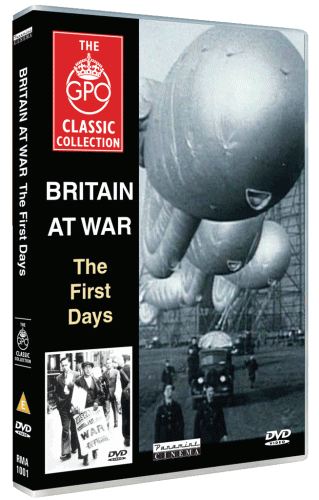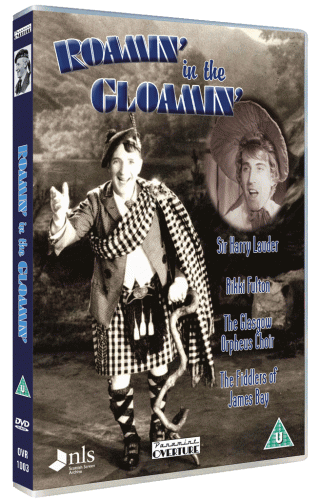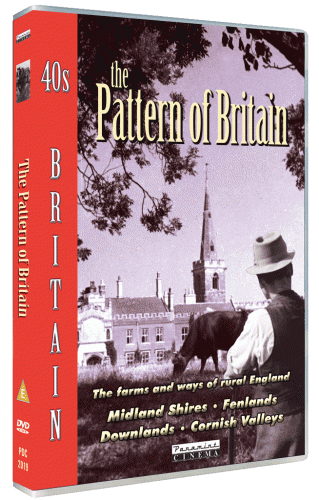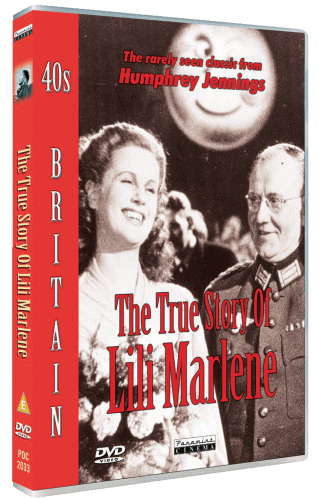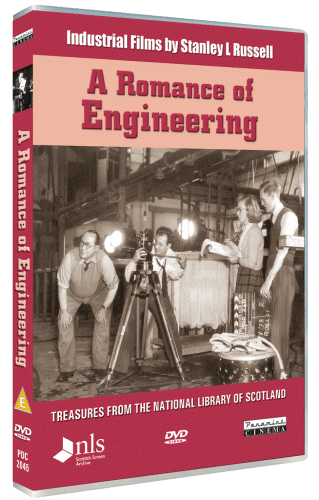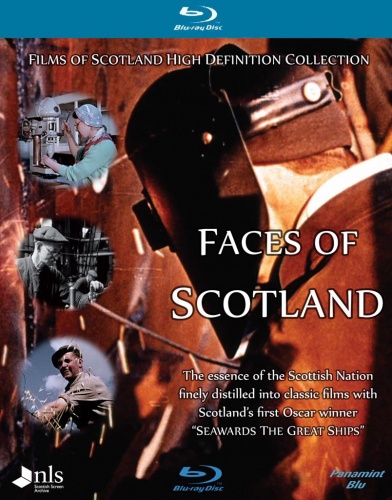| In response to a request for a film that showed the importance of balloon barrage, Harry Watt, who worked on Night Mail made this compelling drama-documentary about the training of a balloon squadron and its first assignment to South Queensferry after an unsuccessful raid on Rosyth Naval Base near the Forth Bridge in October 1939. The raid by the Luftwaffe, with Heinkel 111 high level aircraft equipped with cameras for tactical reconnaissance sorties, and Junkers JU88A-1 dive bombers is often thought to have been an attempt to destroy the Forth Bridge. Nothing could be farther from the truth. Germany would have needed the bridge in the event of a successful invasion. The real target was H.M.S. Hood which had been at Rosyth Naval Base for a re-fit. Thankfully German intelligence was out of date as the Hood had departed some three weeks earlier. |
Documentary
| The Highlands and Islands Medical Service was established in 1913 by the Liberal government, following recommendations by the Dewar Commission’s report on healthcare in Scotland’s isolated crofting and fishing communities. World War One delayed full implementation of the plan but by the 1930s affordable medical treatment was available to many remote areas of the country with funding extended to build hospitals and create an air ambulance service. Highland Doctor describes how important the service is while promoting the idea of a nationalised health service for the whole of Britain, predating the establishment of the NHS by five years. It was seen by a wide audience of people, particularly in rural areas, where it was screened in community halls, schools and factories by government mobile film units. |
Sir Harry Lauder in a Series of his World Famous Songs (1931, b/w). Sir Harry Lauder on stage singing several of his most popular songs, including "Keep Right on to the end of the Road", with comic routines. The Glasgow Orpheus Choir (1951, b/w). Sir Hugh Roberton conducts the Glasgow Orpheus Choir in their first screen concert as they sing various Scottish songs. Filmed in London eight days before the Choir's final broadcast and disbandment on 25th June, 1951. . . . and more . . . |
| The six films of The Pattern of Britain series were produced from 1944 to 1947 by Greenpark Productions. They celebrate the virtues and toil of the rural way of life throughout Great Britain at a time when many more people than today worked on the land, and the country was in great need during the war years. Each film describes how rural economies have developed in differing terrains through the country, and are beautifully filmed in black and white by leading producers, many of whom were later to produce their greatest works after the war years. |
| In 1939 a young Swedish singer, Lale Andersen, recorded Lili Marlene, a sentimental love song, and when it was played to the Afrika Corps via Radio Belgrade, which had the most powerful short wave transmitter available to the German Army, it became a big hit with the lonely soldiers in the deserts of North Africa. But when this ballad began to be adopted as a battle song by both opposing armies, Joseph Goebbels, propaganda minister for the Third Reich, used his knowledge of her Jewish sympathies to silence Lale Andersen, and had her taken to a concentration camp. The song's fame grew and it was also recorded by Vera Lynn, Anne Shelton and Marlene Dietrich. |
Stanley Livingstone Russell, a Glaswegian born in 1905, had trained in law. His passion however was film making. With Jack Robertson and others, Russell formed the Meteor Film Producing Society in 1932 and became its Secretary. Through Meteor, they organised the Scottish Amateur Film Festival. First held in 1933, it claimed not only to be the first of its kind in Scotland, but also the world. Emboldened by the success of his hobby, amateur cinema, he decided to move into professional film making. At the time, it was said of Russell, that with his good-looks, tall stature and snappy dress-sense, he could have been a film star- but his passion for film lay behind the camera. In May 1936, he joined inventor and entrepreneur Malcolm Irvine’s production company Scottish Films. The company, established in 1928, with studios in Glasgow’s India Street had started out to make silent films, but the advent of ‘talkies’ soon afterwards had hit the young company hard. Irvine had designed and built a sound recording system to enable Scottish Films to compete in the new world of talking pictures. However work on his home made system, Albion Truphonic, and the associated costs of re-equipping for sound production had slowed the production of films. Russell’s appointment was designed to re-energise the company. |
Seawards the Great Ships (1960) was the first Scottish made film to win an Oscar, for best Live Action Short Film of 1961. The film paid tribute to the internationally recognised achievements of Clyde shipbuilding. It was released at the beginning of a decade that was to see the River Clyde's long established predominance in world shipping slip into financial decline and human disillusionment - a decade that was to end with government rescue packages and the emotive years of the UCS 'work-in' - a workers' occupation of the yards in the fight to prevent their closure. |
